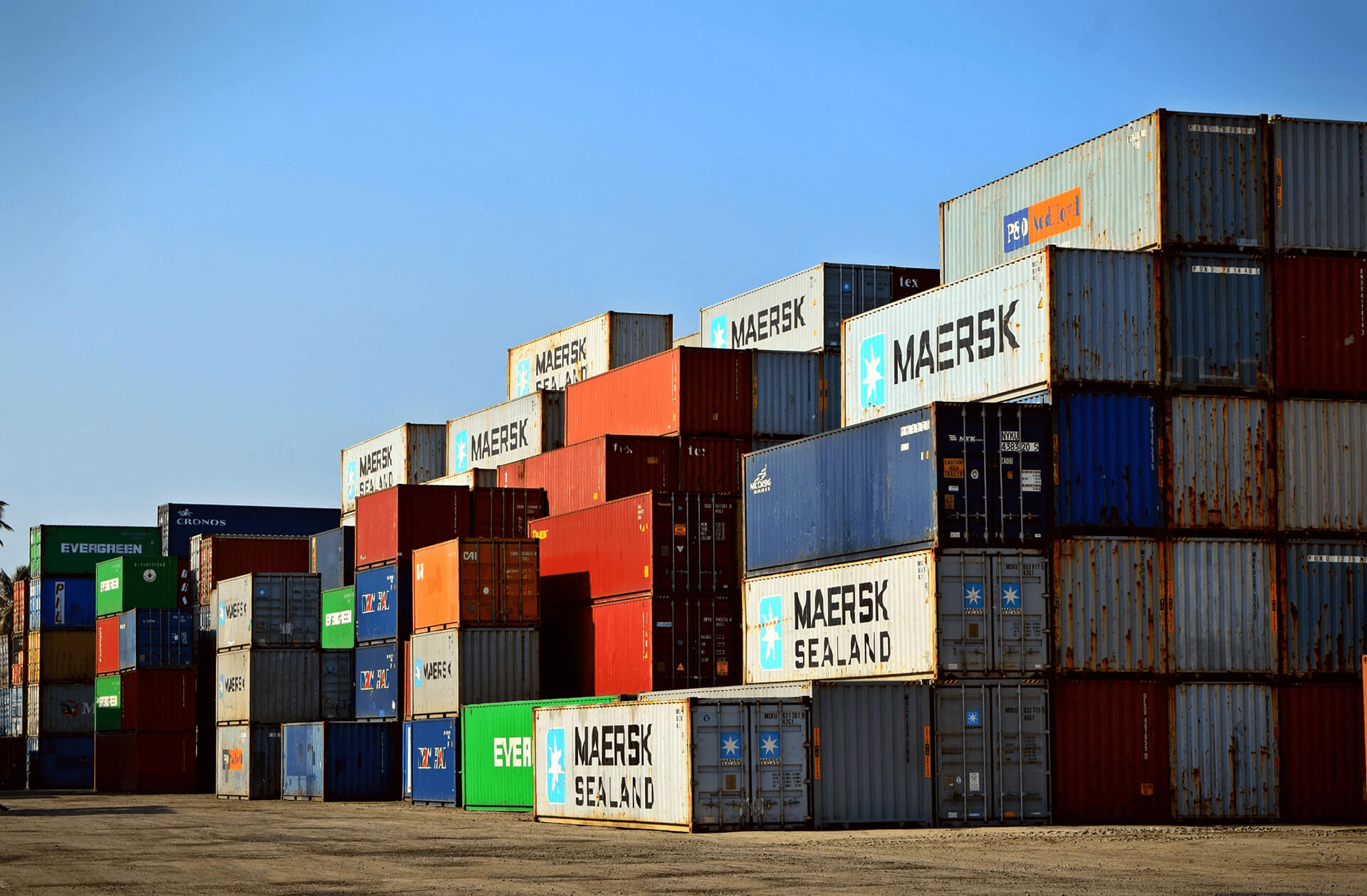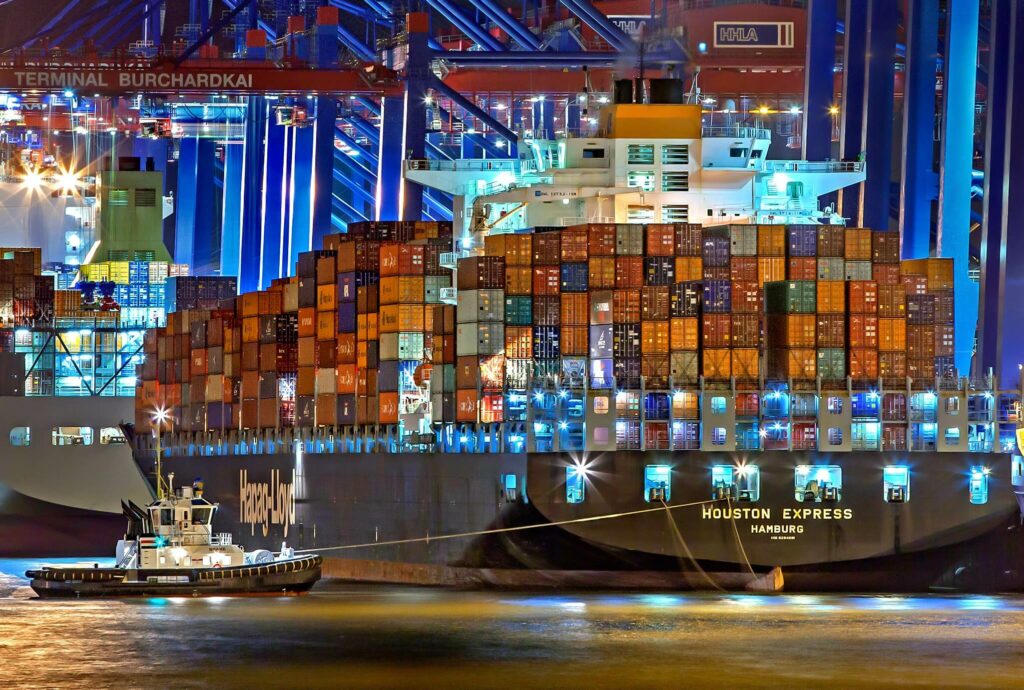Embark on a voyage through the complex ocean of sea freight regulations with our expertly crafted checklist. This guide not only simplifies the complexities of international trade but also ensures your cargo navigates smoothly through regulatory waves.
Container Wisdom: Ensuring Safe and Compliant Shipments
Container Markings
- ISO Standards: Ensure size and markings adhere to ISO standards.
- Owner Identification: Clearly display the owner’s details and container number.
- Safety Approval Plate: Verify it provides essential weight and stacking info.
Cargo Security and Maintenance
- Balancing weight, securing cargo, regular inspections, and timely repairs ensure safety and prevent delays.
Transporting Hazardous Cargo
- Navigate through special labelling and meticulous documentation to ensure safe and legal transportation of dangerous goods.
External Link: Read more on ISO container standards
Mastering the Bill of Lading (BoL) for Seamless Sea Freight Operations
- BoL Basics: Your ticket to legal and operational ease in sea freight.
- Types & Contents: Know the various types and the crucial details each must contain.
- Risk Management: Grasp the integral role of Incoterms and the shield of insurance.
External Link: Explore different types of Bills of Lading
External Link: Learn about Incoterms for international trade
Tariffs and Duties Decoded: Navigating Customs Like a Pro
Basics and Role of Customs Authorities
- Comprehend the difference and significance of tariffs and duties.
External Link: A guide to understanding various global tariffs
Types of Tariffs and Strategies for Efficient Budgeting
- Understand and leverage Ad Valorem and Specific Tariffs, and explore tariff engineering strategies.

Impeccable Documentation: The Cornerstone of Sea Freight
Importance and Types of Documents
- Recognise the significance and types of crucial documents like BoL, commercial invoices, and certificates of origin.
Digitalisation in Document Management
- Embrace technology to streamline documentation processes and safeguard against errors and losses.
External Link: Advancements and impacts of digitalisation in logistics
Compliance in Packaging and Labelling
Proper Packaging and Regulated Labelling
- Ensure cargo is protected and information is accurately communicated through appropriate packaging and labelling.
Container Loading and Compliance Audits
- Adhere to weight and size limits, implement consistent audits, and maintain rigorous documentation for each step.
External Link: International packaging and labelling regulations
The Significance of Accurate Weight and Measurement in Sea Freight
- Explore why accurate measurement is non-negotiable in ensuring cost-efficiency, compliance, and safety in sea freight operations.
External Link: Impact of SOLAS regulations on shipping
Sea Freight Simplified: Your Quick Recap Checklist
- Container Wisdom: Adhere to ISO standards and ensure safety through balanced weight, secured cargo, and well-maintained containers.
- Bill of Lading (BoL): Familiarise yourself with different types of BoL and comprehend the relevance of Incoterms and insurance in mitigating risks.
- Tariffs and Duties: Gain insight into various tariffs and strategies to navigate them effectively while budgeting.
- Impeccable Documentation: Recognise the necessity and types of crucial documents while leveraging technology for streamlined management.
- Packaging and Labelling Compliance: Ensure your cargo’s packaging and labelling are in strict adherence to international regulations.
- Accurate Weight and Measurement: Understand the pivotal role accurate weight and measurement play in ensuring cost-efficiency and compliance in sea freight operations.
Dive Deeper into the Ocean of Knowledge with Us!
Engage with our other resources and stay afloat in the sea of international trade and freight management. Subscribe to our newsletter for more insights and updates straight to your inbox!
Explore our resource hub for more insights on international trade
Read to our newsletter for the latest insights on sea freight management.
Frequently Asked Questions: Your Queries on Sea Freight, Answered
Q: What is the Significance of the Bill of Lading (BoL) in Sea Freight?
A: The BoL is pivotal, serving three primary roles: a receipt for the merchandise, a document that conveys the terms of the contract, and a document of title that can be transferred to others.
Q: How Do Tariffs and Duties Impact the Cost of Sea Freight Shipments?
A: Tariffs and duties are government-imposed taxes on your shipments, directly affecting the cost by adding additional charges. The accurate calculation of these charges is crucial to prevent budget overruns and ensure smooth customs clearance.
Q: Why is Accurate Weight Measurement Crucial in Sea Freight?
A: Accurate weight measurement ensures safety in cargo handling and stowage, adherence to regulatory compliance, prevention of additional charges, and maintaining reliable delivery schedules.
Q: How Does Proper Packaging and Labelling Ensure Smooth Transit?
A: Appropriate packaging protects your cargo from damage during transit, while accurate labelling ensures it is handled correctly and reaches the correct destination, ensuring adherence to international shipping regulations.
Q: What’s the Role of Customs Brokers in Managing Tariffs and Duties?
A: Customs brokers leverage their expertise in international shipping regulations to guide you through the customs clearance process, ensuring accurate duty calculations, payment, and compliance with all applicable laws.
Q: How Can Technology Aid in Document Management in Sea Freight?
A: Technology, via digital solutions and automation, streamlines document management, minimizes human error, ensures the safe storage and easy retrieval of documents, and facilitates efficient communication between all parties involved.
Q: Is Cargo Insurance Necessary and What Does it Cover?
A: While not mandatory, cargo insurance is vital in safeguarding against financial losses incurred due to damage, loss, or theft of cargo during transit. Coverage may vary, but it generally protects against damage during loading/unloading, weather contingencies, piracy, and other unforeseen incidents.
Q: How Do I Ensure Compliance with Shipping Container Regulations?
A: Ensuring compliance involves adherence to ISO standards, proper and visible owner identification, accurate cargo security, and regular maintenance. Engaging with experienced freight forwarders or consultants, and regular audits, can help navigate through the intricate regulatory landscape efficiently.

